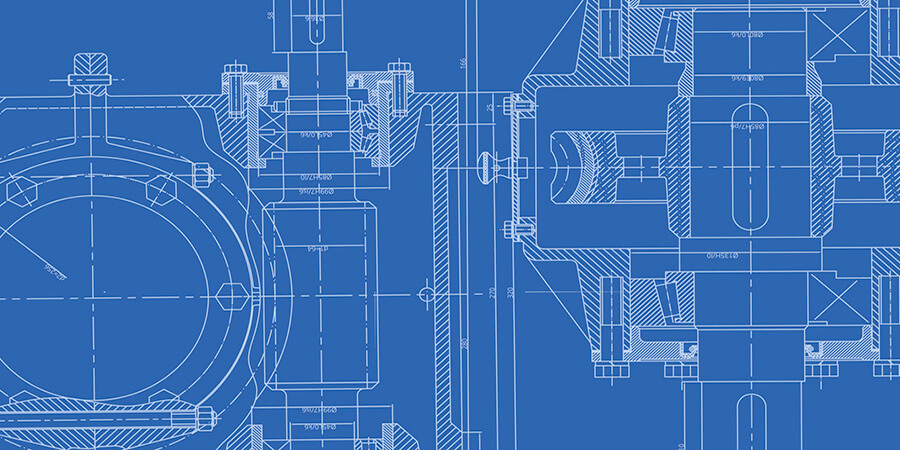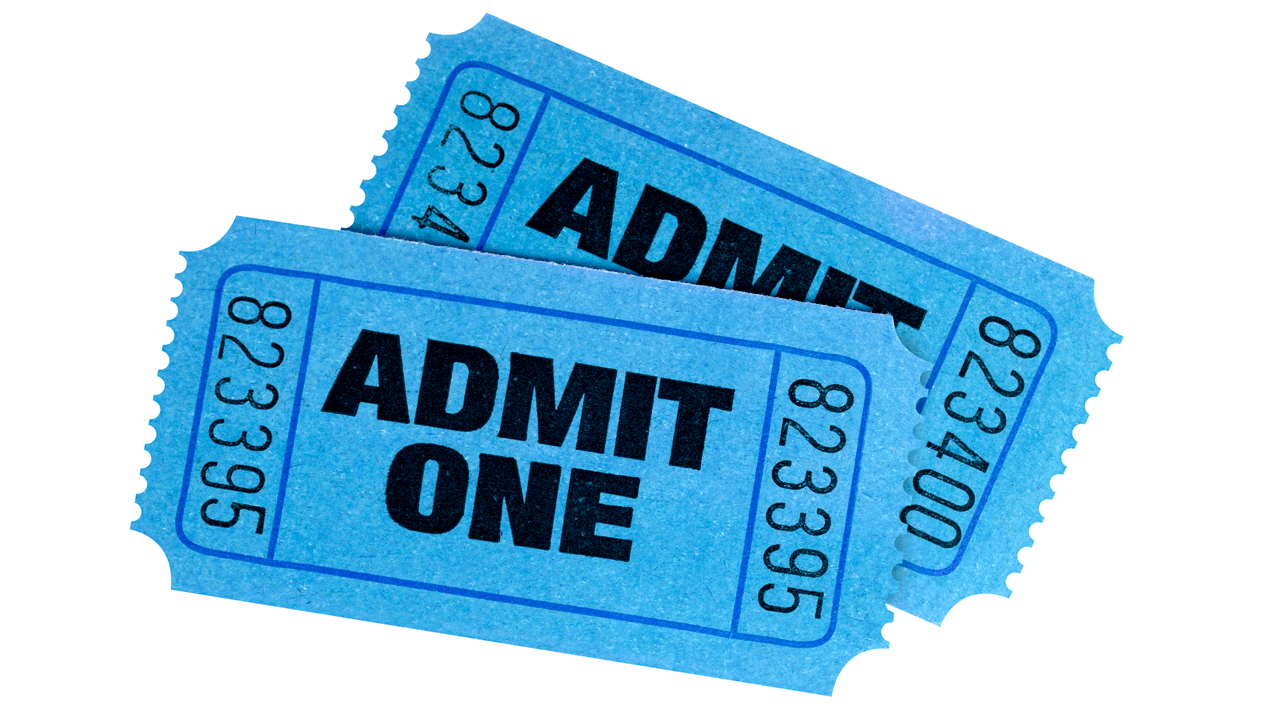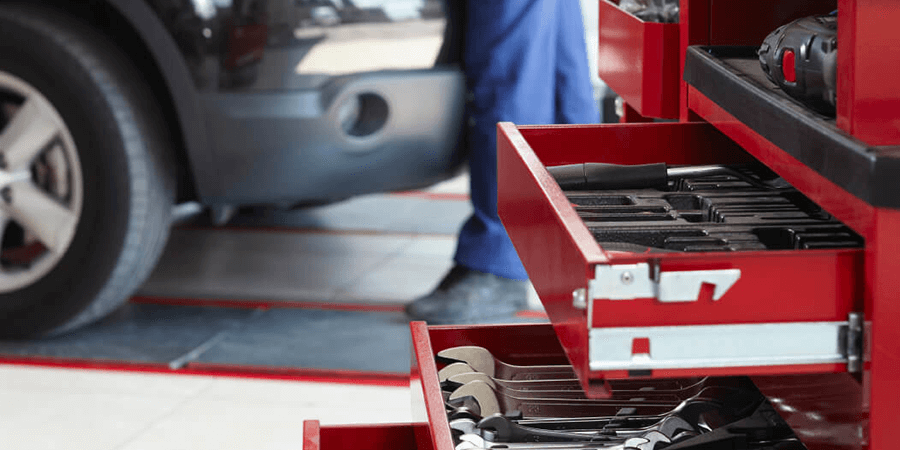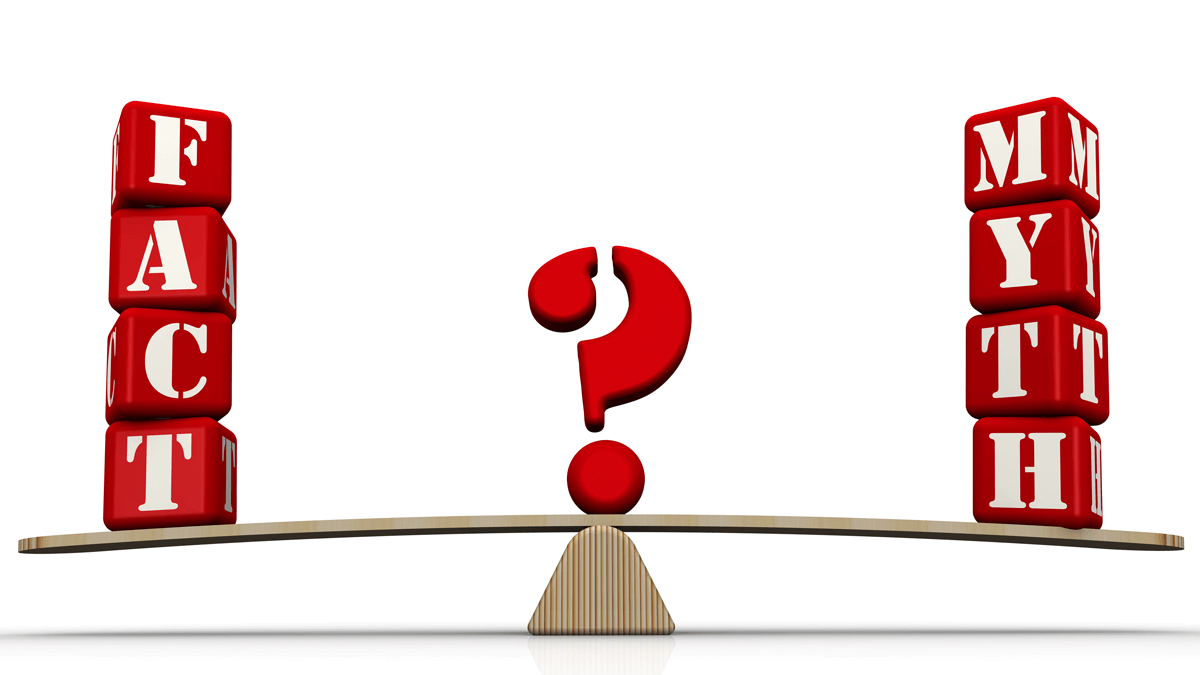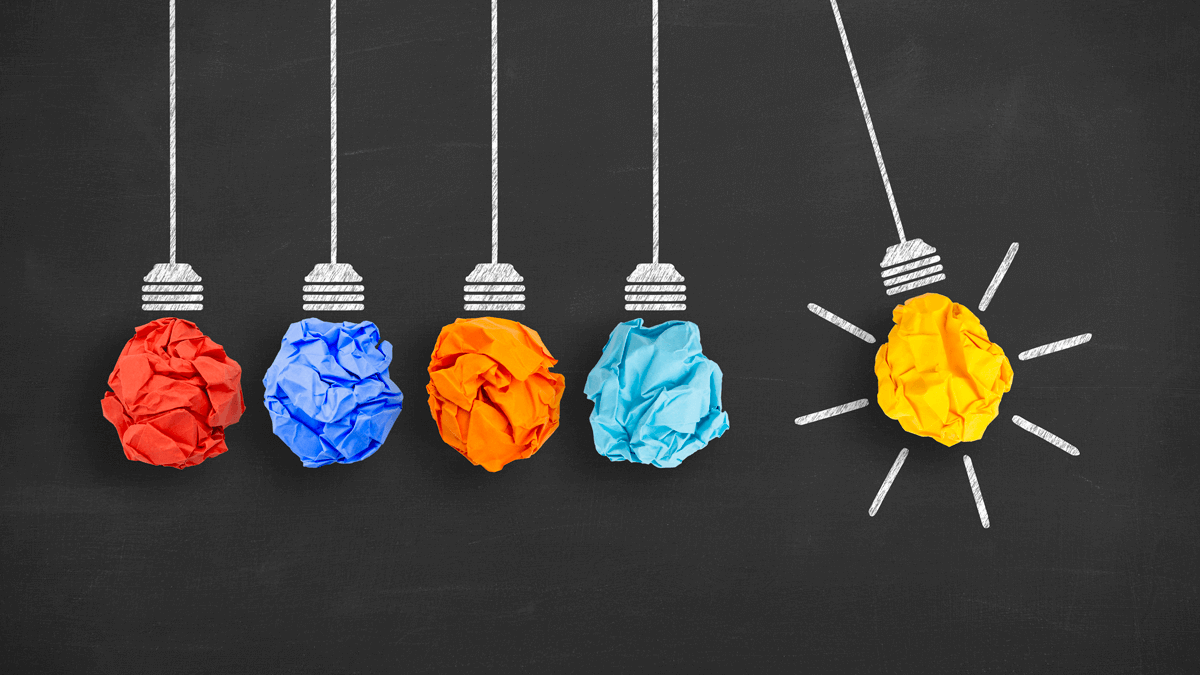Tao is the Chinese word that means “path” or “the way.” Here the letters T-A-O reveal the essence of Blueprinting Discovery interviews and the fundamentals of B2B innovation: “T” for techniques, “A” for attitude, and “O” for order. ... Read More
Blog Category: New Product Blueprinting Process
What is New Product Blueprinting?
With New Product Blueprinting, you use creative foresight and a detailed plan for new product development… similar to an architect’s planning before breaking ground. The process includes 7 steps: 1) market research, 2) Discovery interviews, 3) Preference interviews, 4) side-by-side testing, 5) product objectives, 6) technical brainstorming, and 7) business case. ... Read More
Here’s how to weaponize customer insight for competitive advantage.
Here is our #1 recommendation for innovation success: Don’t start development stage work without quantitative evidence of customer needs. You can use Preference interviews followed by Market Satisfaction Gaps… or some other unfiltered, unbiased evidence. Two tips: 1) Don’t do this for very small projects, just those requiring 1+ person-year of development. 2) Don’t do this for technology development. Just product development, where you’ve targeted a specific market segment.
More in article, Market Satisfaction Gaps… your key to B2B organic growth
Here’s what’s important to growth-seeking companies.
Our research into the views of B2B professionals regarding organic growth revealed: The #1 driver of profitable, sustainable growth is strong value propositions. The #1 differentiator between strong and weak value providers is front-end work. The #1 most desired area to improve is market insight. See a pattern? Today’s key to growth isn’t an improved stage-and-gate process or hiring more R&D staff. It’s understanding customer needs better than competitors.
More in article, Market Satisfaction Gaps… your key to B2B organic growth
You can see surprising diversity with quantitative B2B market insight.
We recently compiled a dozen short case stories of B2B clients doing impressive front-end work. (See www.aimcasestories.com.) What surprised us was how different each case was. The NPD project teams all used their quantitative Preference interviews to construct Market Satisfaction Gap profiles… and we were struck with how unique market segments can be. Truly, each one tells a story: Until you do quantitative interviews, though, that story goes untold.
More in article, Market Satisfaction Gaps… your key to B2B organic growth
What stops when you start requiring Market Satisfaction Gaps?
Market Satisfaction Gaps (MSG) come from teams’ quantitative interviews, and are reliable evidence of which outcomes customer do—and do not—want “fixed.” When you require MSGs as the “admission ticket” for projects to enter the costly product development stage, 3 things go away: 1. Confusion (misunderstanding customer needs and their priorities), 2. Bias (altering customer needs to better fit our pre-conceived solutions), and 3. Filtering (cherry-picking customer needs to match those we hoped to hear.)
More in article, Market Satisfaction Gaps… your key to B2B organic growth
Some leaders could boost innovation by staying home
We see three areas where leaders can have a greater negative impact on innovation than positive: 1) organizational friction (travel bans, spending freezes, hiring delays, excessive re-orgs, etc.) that slow innovation to a crawl, 2) spreading too few resources over too many projects so that nothing moves briskly, and 3) short-changing the front-end of innovation, so that a clear picture of customer needs is lacking. Companies pay a heavy price for keeping such leaders in place.
More in article, Accelerate New Product Innovation
10 Advantages of Blueprinter® Software
This cloud-based software provides 10 advantages: 1) enhanced data security, 2) better determination of who to interview, 3) better interview preparation, 4) reduced stress recruiting interviewees, 5) improved customer process map-building capability, 6) stronger interview beginning, 7) better outcome capture, 8) on-screen viewing of trigger map, 9) easier selection of Top Picks, and 10 anywhere-anytime access of project data. ... Read More
Do you permit “factoids” in your product development?
The Oxford Dictionary defines a factoid as an item of unreliable information that is repeated so often it becomes accepted as fact. Too often in product development, what we view as a fact is just a factoid. Its fine to have assumptions, but make sure they don’t dress up as facts. What you think you know is more dangerous than what you know you think.
View video, De-risking Transformational Projects
How often are suppliers surprised during good B2B customer interviews?
More than you might think. We asked nearly 400 people who had conducted over 1800 B2B-optimized Discovery interviews. Over half agreed or strongly agreed that they had gained unexpected interviews. Only 14% gained no unexpected information at all. (Most of the 1800+ interviews were in suppliers’ existing markets.)
More in white paper, Guessing at Customer Needs (page 6)
B2B Customer needs: From “guessing”… to “understanding”… to “modeling”.
In B2B we can do even better than “understanding” customer needs. We can “model” them. Use customer interviews to understand customers’ key outcomes. But don’t stop there. Ask how they measure these outcomes… and how good is “good enough.” Then create a model so you can test how they’ll react to any product design you imagine.
More in article, B2B Customer Needs: Predict the customer’s experience with modeling
What could be better than showing customers your cool prototype?
How about knowing their response before they see it? B2B customers are so knowledgeable that you can model their behavior based on what you learn in customer interviews. Prototypes are still worthwhile—for refinement and engagement. But they’re far too expensive and time-consuming if you do them before conducting insightful B2B customer interviews.
More in article, How to model customer needs
What’s the impact of B2B-optimized customer interviews on product design?
We asked how much B2B-optimized interviews impacted teams’ designs for the products they were developing. Five out of six teams said the impact was “great” or “significant.” Hmmm… makes you wonder what those products would have looked like without these interviews. Do you think your new products could be improved this way?
More in white paper, Guessing at Customer Needs (page 2).
How is the modern B2B innovator like a weather forecaster?
In both cases models are used to predict future behavior. Barometric pressure and other data are the “raw material” for weather models. For you, it’s quantitatively measuring key customer outcomes in the front-end of innovation. Your model lets you replicate the customer experience… so you can know with confidence how they’ll react to any of your product designs.
More in article, How to model customer needs (Originally published in B2B Organic Growth newsletter).

